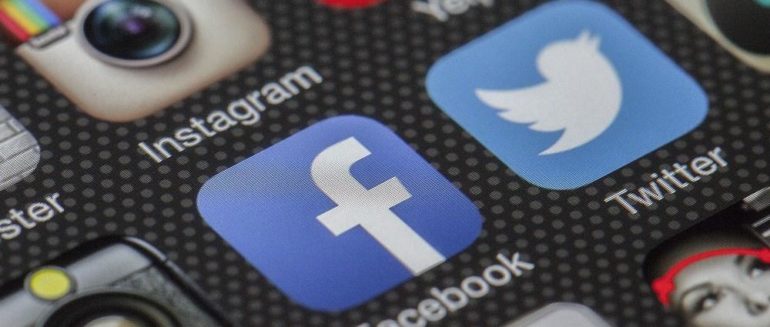A group of Australian researchers have uncovered that Facebook mobility data could be used to estimate the spread of COVID-19 transmission risk from identified hotspots.
The researchers from the University of Melbourne, University of Adelaide, Monash University, University of New South Wales, and the Victorian government used data from the Facebook Data for Good program that detailed the number of individuals who moved between locations in subsequent 8-hour intervals during three COVID-19 outbreaks — Cedar Meats in Victoria, The Crossroads Hotel in western Sydney, and Victoria’s second wave — to determine what degree real-time mobility patterns from aggregate mobile phone data could be used to predict COVID-19 transmission risks.
The researchers flagged they were prompted to carry out the study since “the [COVID-19] infection may be spread by people who are pre-symptomatic or asymptomatic, substantial undetected transmission is likely to occur before clinical cases are diagnosed. Thus, when outbreaks occur there is a need to anticipate which populations and locations are at heightened risk of exposure”.
As part of the study, which has been published in the Journal of the Royal Society Interface, the researchers outlined that each case used Facebook mobility data to estimate future patterns of transmission risk. This was followed by an examination of the degree to which the estimates correlated with subsequent case data.
“Our results indicate that the accuracy of our estimates varies with outbreak context, with higher correlation for the outbreak centred on a workplace, and lower correlation for the outbreak centred on a social gathering,” the researchers said.
“In the community transmission scenario without a well-defined transmission locus, we compare the risk prediction based on mobility data to a null prediction based only on active case numbers. Our results indicate that mobility is more informative during the initial phases of the outbreak, when detected cases are spatially localized and many areas have no available case data.”
The researchers acknowledged, however, there are some limitations to their study, listing the need to comply with privacy and ethical considerations when using mobility data for disease surveillance as one and that the mobility data provided by Facebook is bias as it “represents a non-uniform and essentially uncharacterised sample of the population” as another.
Read also: Living with COVID-19 creates a privacy dilemma for us all
Nonetheless, the researchers concluded their assessment model could be used as a “good predictor” of transmission risk, particularly in outbreaks involving “workplaces or other environments associated with habitual travel patterns”.
“For community transmission scenarios, our results demonstrate that mobility data adds the most value to risk predictions when case counts are low and spatially clustered,” the researchers stated.
They added the method could be used to help the health system determine how testing resources could be allocated and the extent of community restrictions.
